Booth House
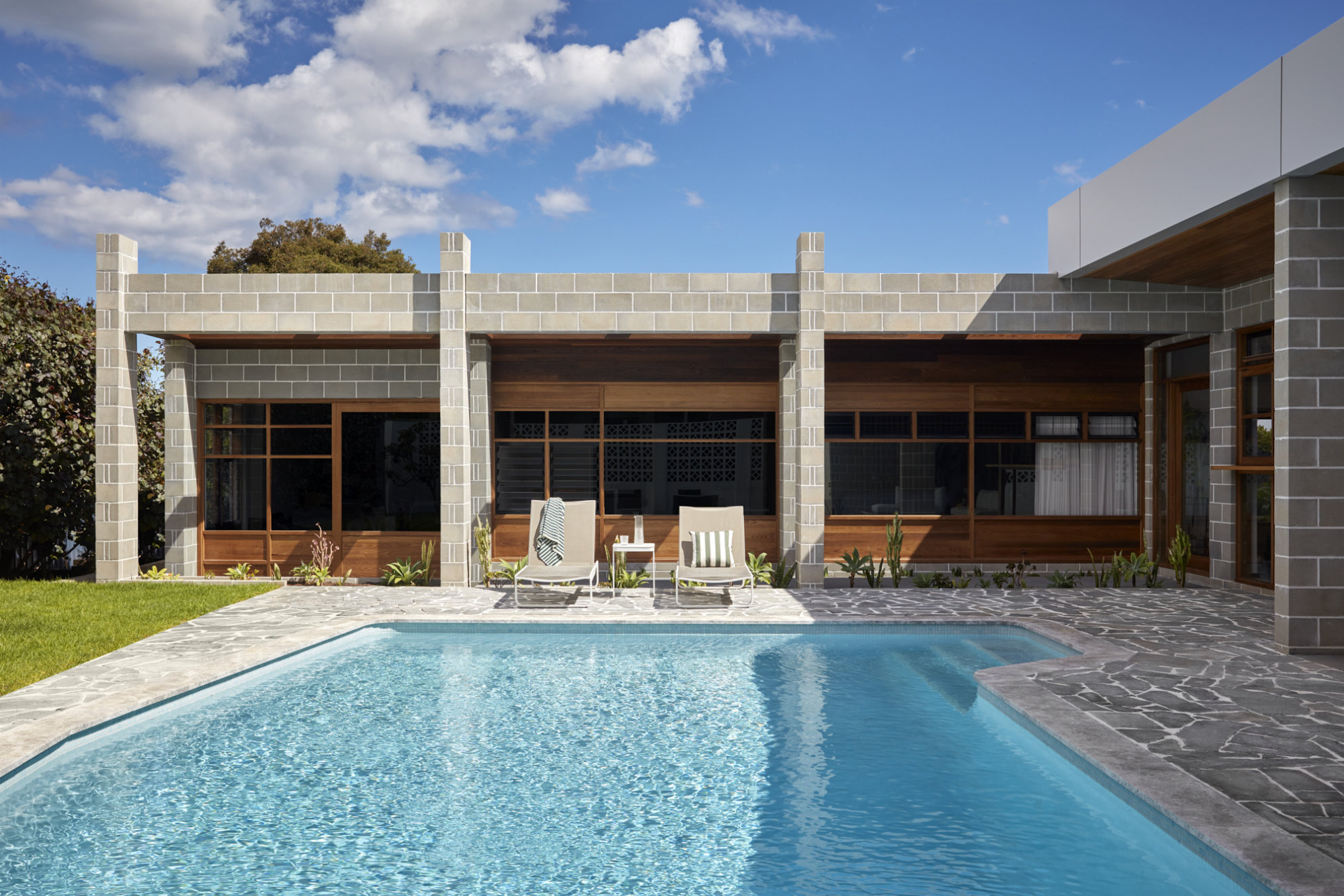
A progressive reimagining of a 1970s Iwan Iwanoff modernist home in the coastal suburb of City Beach, Booth House honours the architect’s original intention while respectfully updating it for contemporary life.
Originally completed in 1970 with an extension added in 1973, Booth House is one of the much sought-after homes designed by Bulgarian Brutalist architect Iwan Iwanoff, who came to Perth in 1950 and left a lasting mark on the city’s suburban and public architecture. As with many mid-century structures, Booth House had been significantly altered over time without respect to its historic value, shifting from its original cohesive modernist character to something unrecognisable.
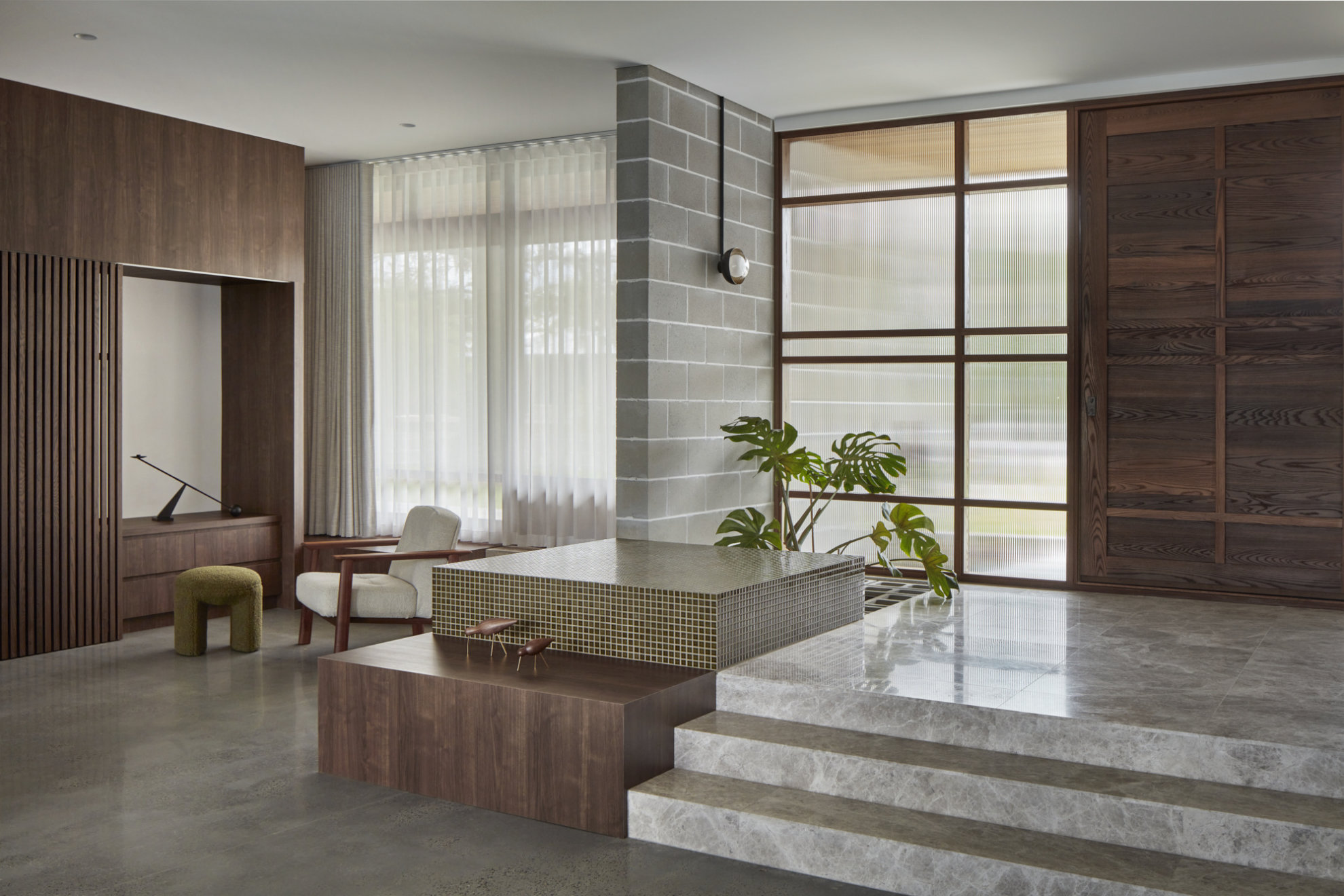
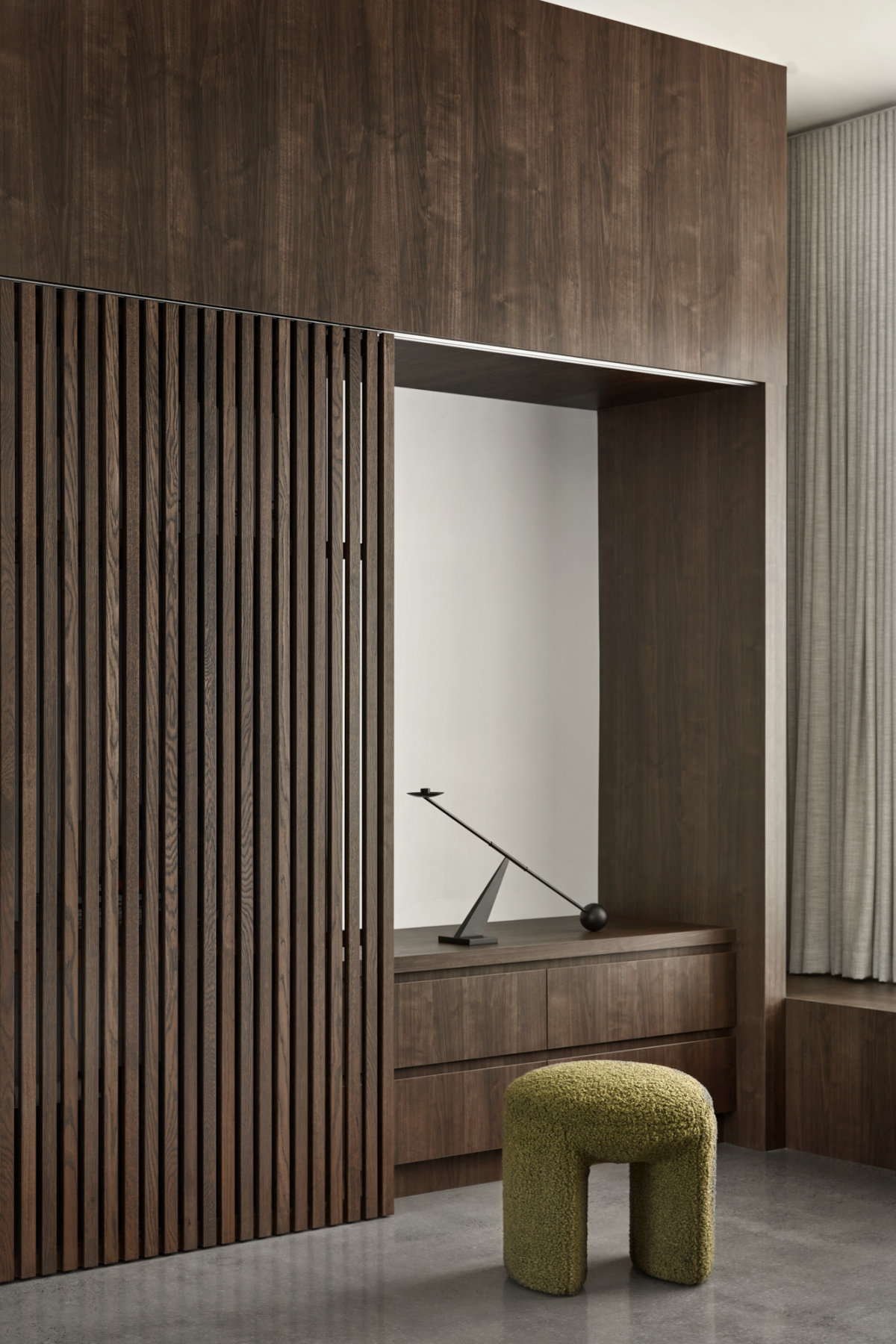
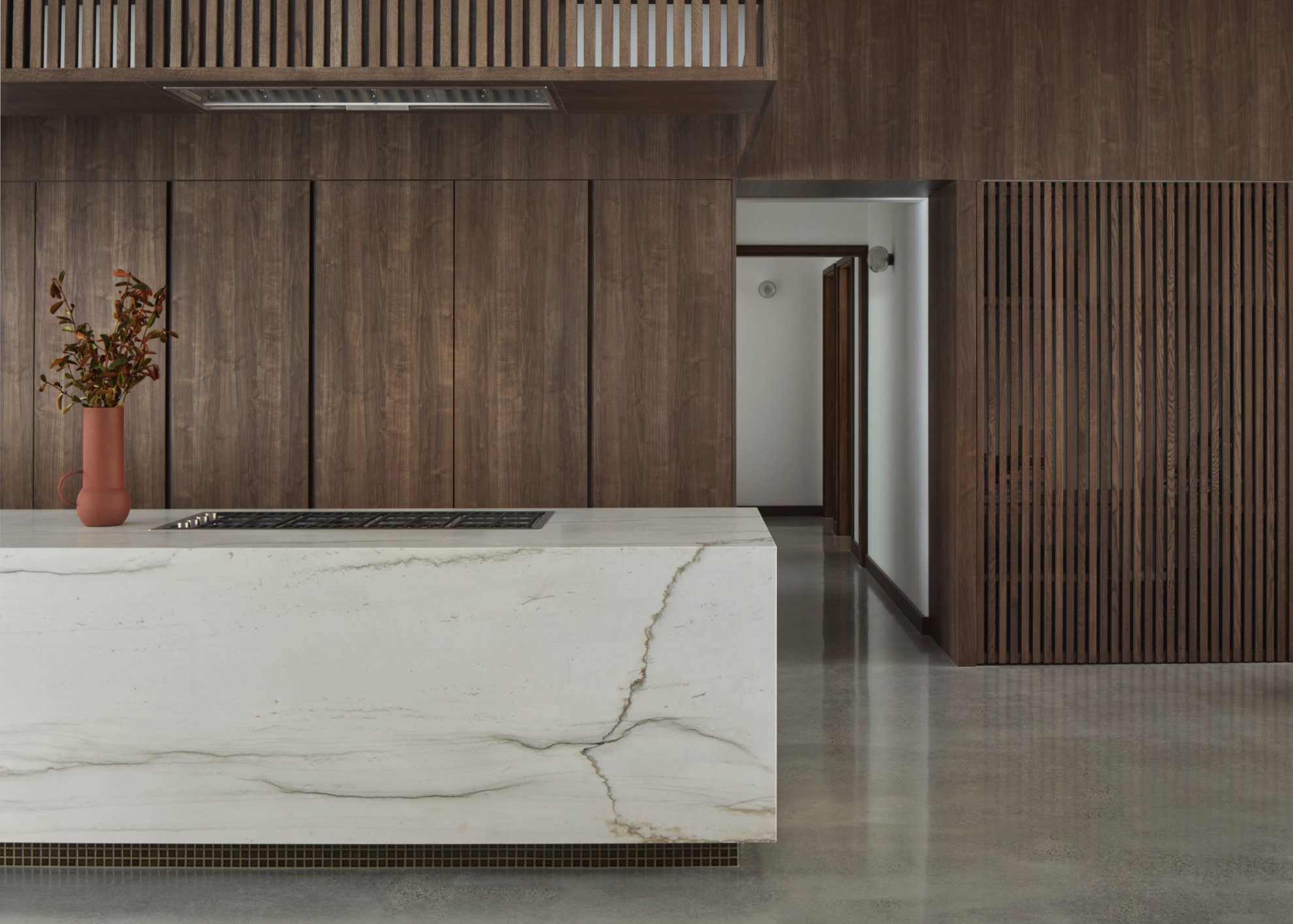
A series of renovations and additions meant the home’s façade was structurally compromised and the floor plan cramped. The client’s brief called for the restoration of an open, grounded and textural feel, while the project also needed to consider the owners’ spatial and habitual needs.
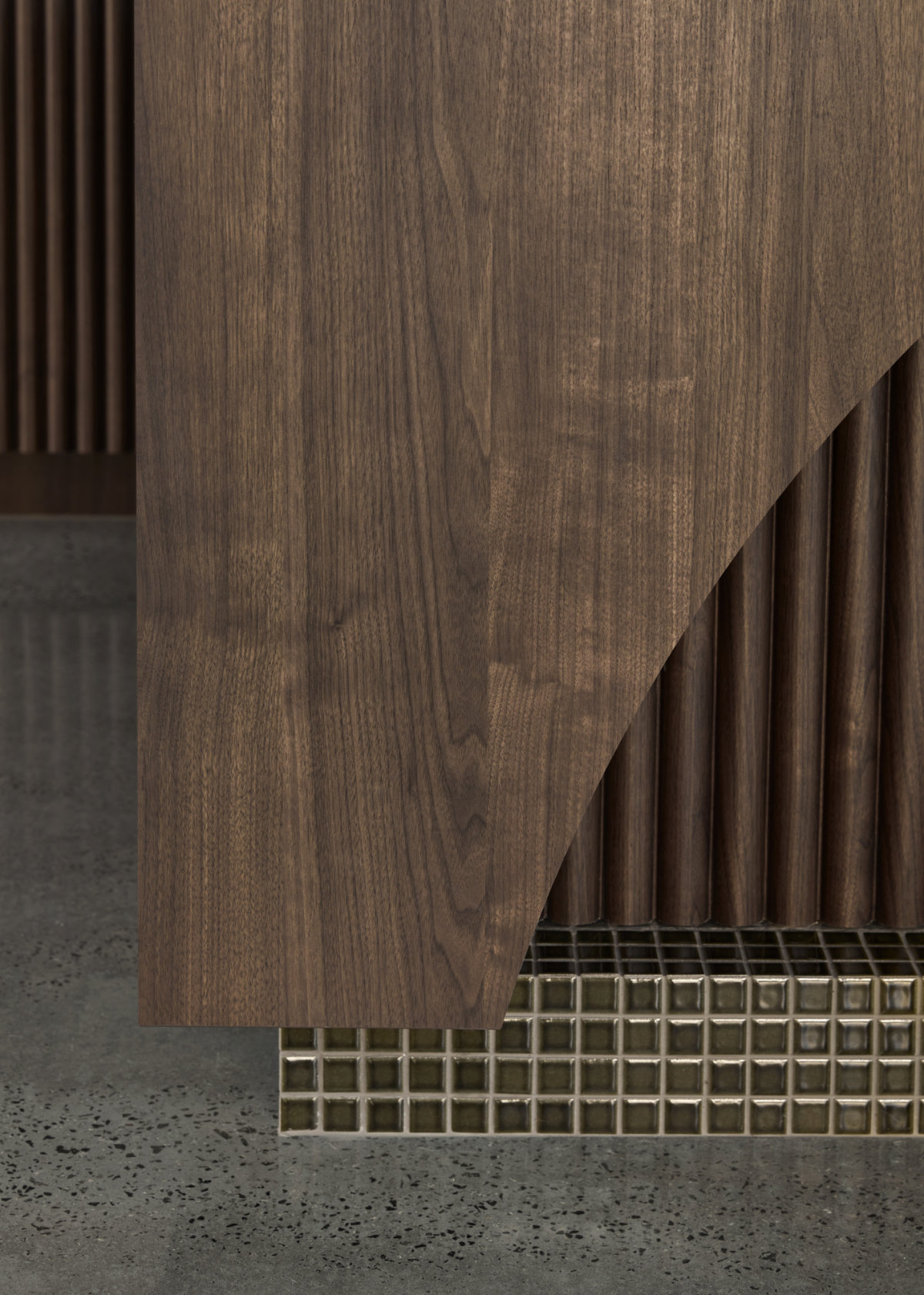
A rigorous audit of the home at the outset of our design process made it clear that we needed to peel back the superficial layers added over time. This revealed that much of the spatial integrity of Iwanoff’s design remained, as did evidence of some original interior details like his signature teak panelling and concrete block work, which is reinstated in our reinterpretation.
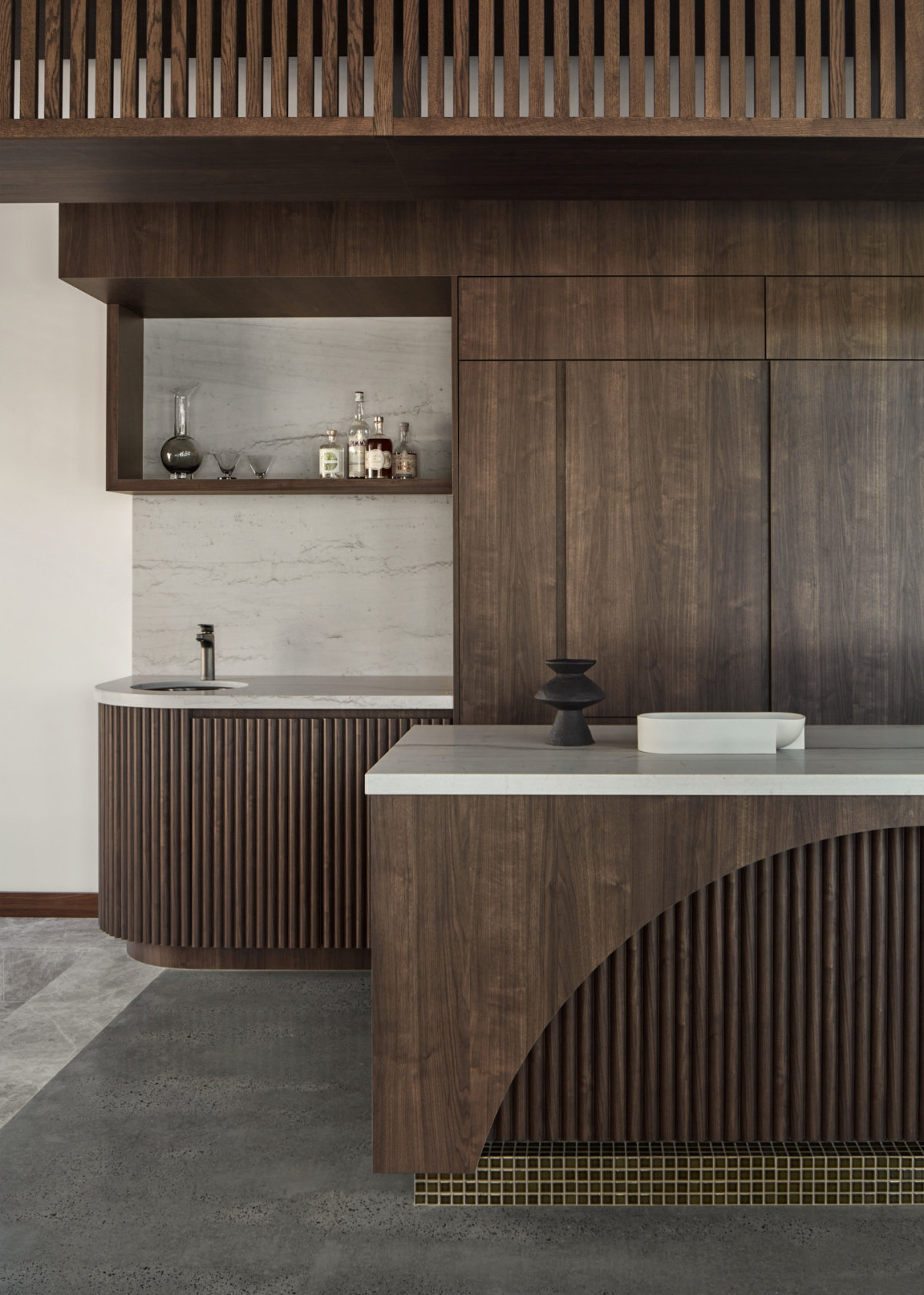
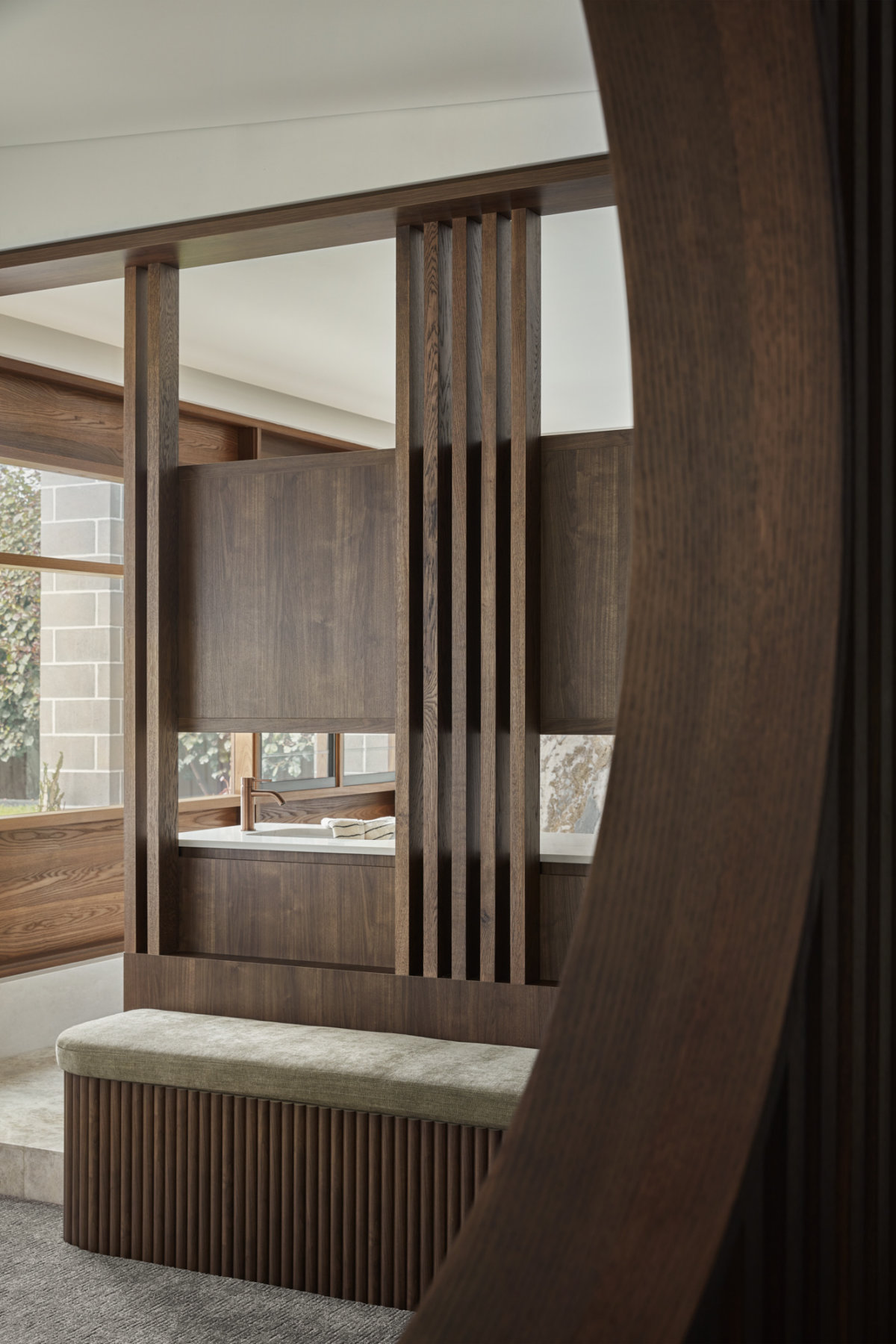
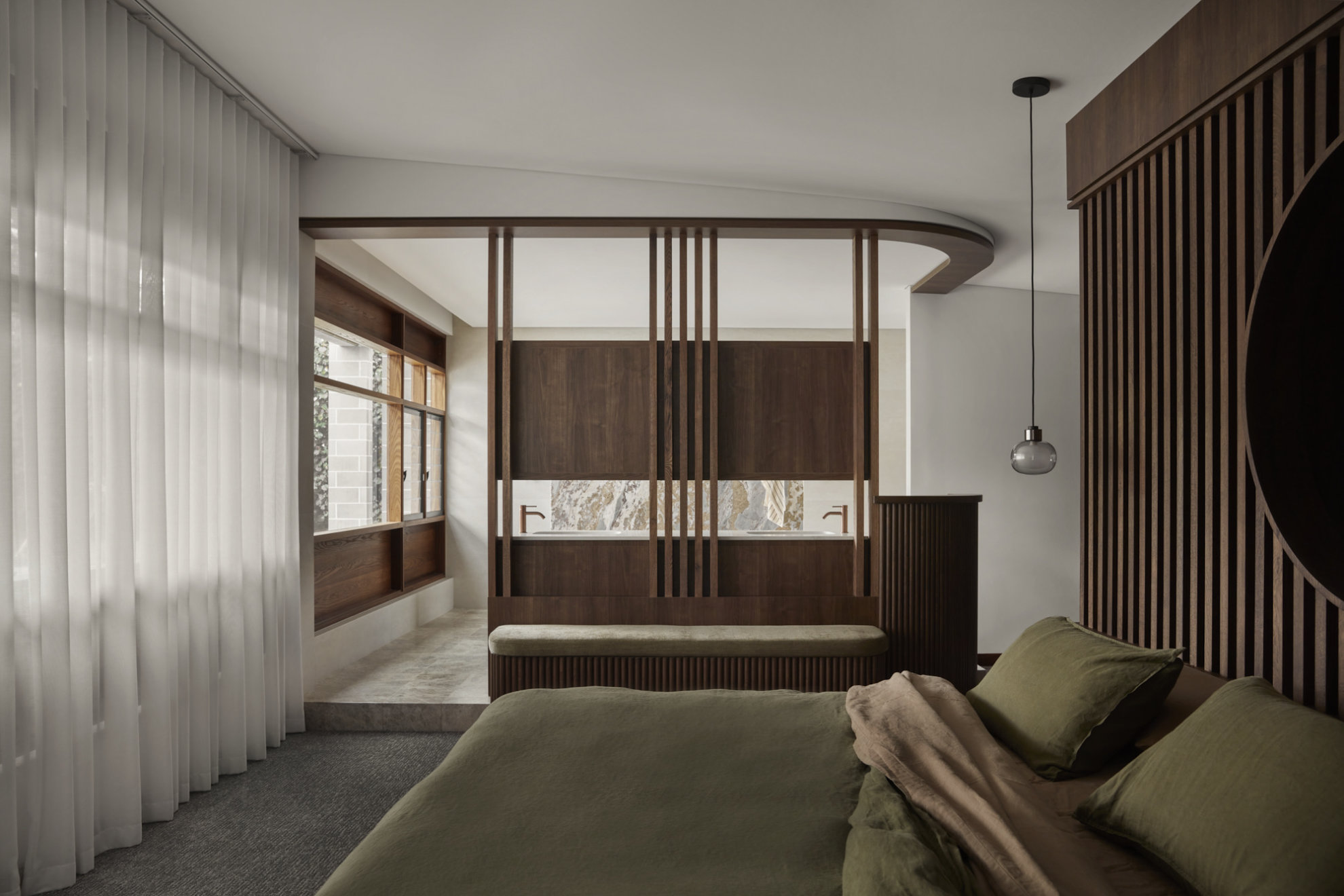
Due to the disrepaired state of the home’s existing façade, we first carefully demolished it and then meticulously re-built it using Iwanoff’s original plans. Slight modifications in the design enhance its functionality for modern use, restoring the home’s low-slung, intelligent mid-century form and re-integrating the home into the wide, flat topography of the neighbourhood.
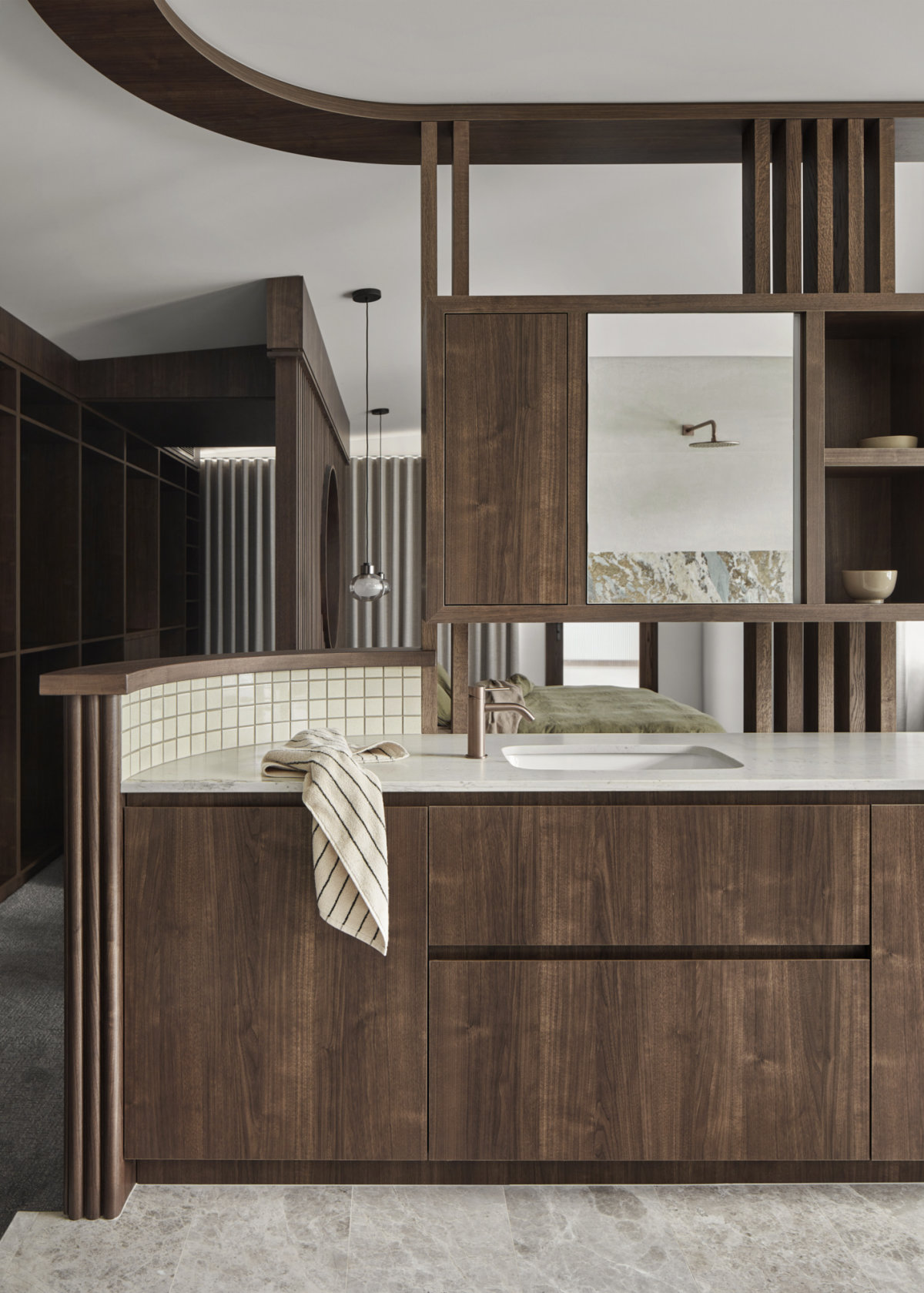
We optimised the internal layout, prioritising the correct flow of movement and light that was so important to Iwanoff and that makes his homes so timeless, and opening up the kitchen and living spaces to suit contemporary living. Some of the added rooms from previous renovations were removed to de-clutter the floor plan, creating a more functional home with independent bedroom quarters.
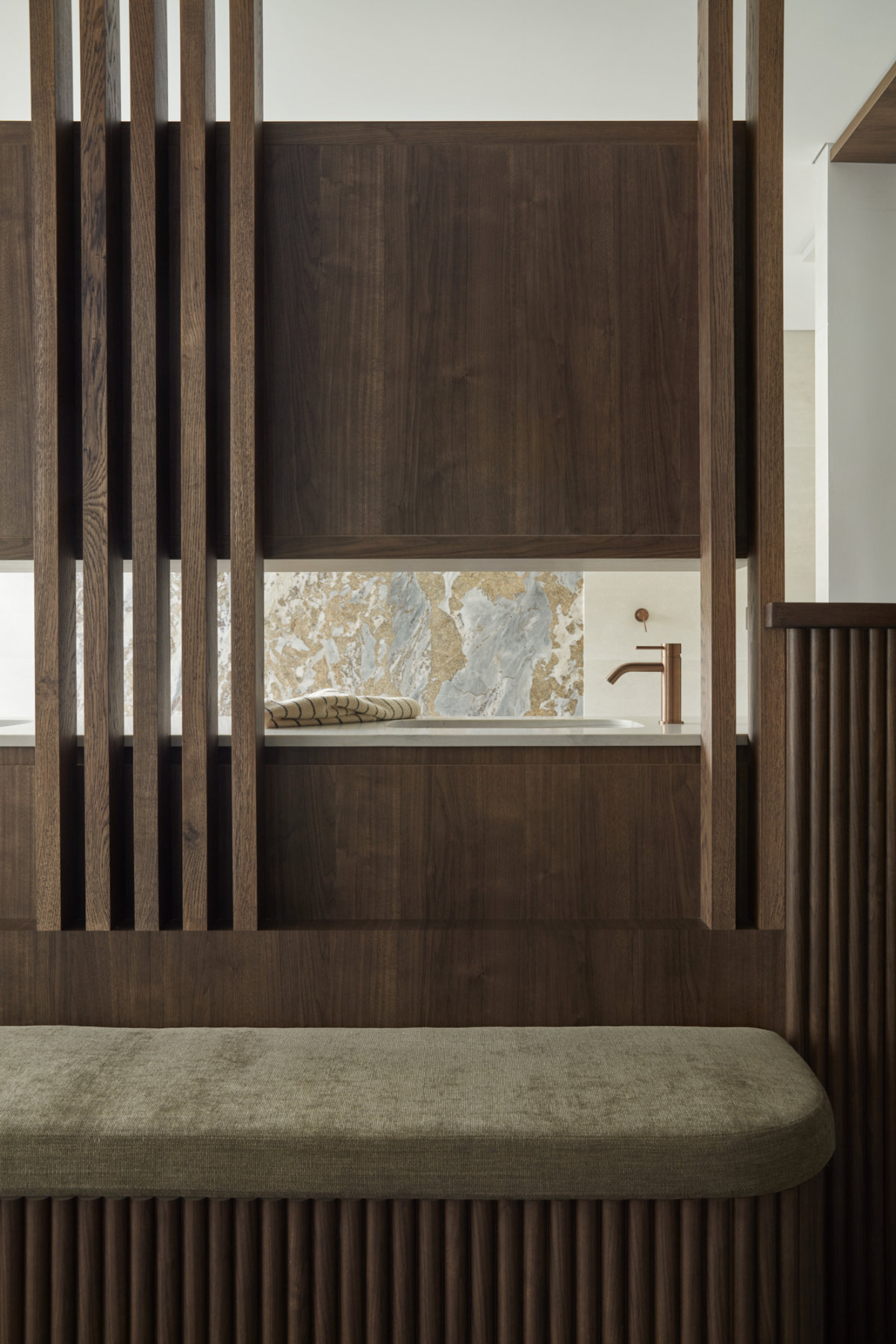
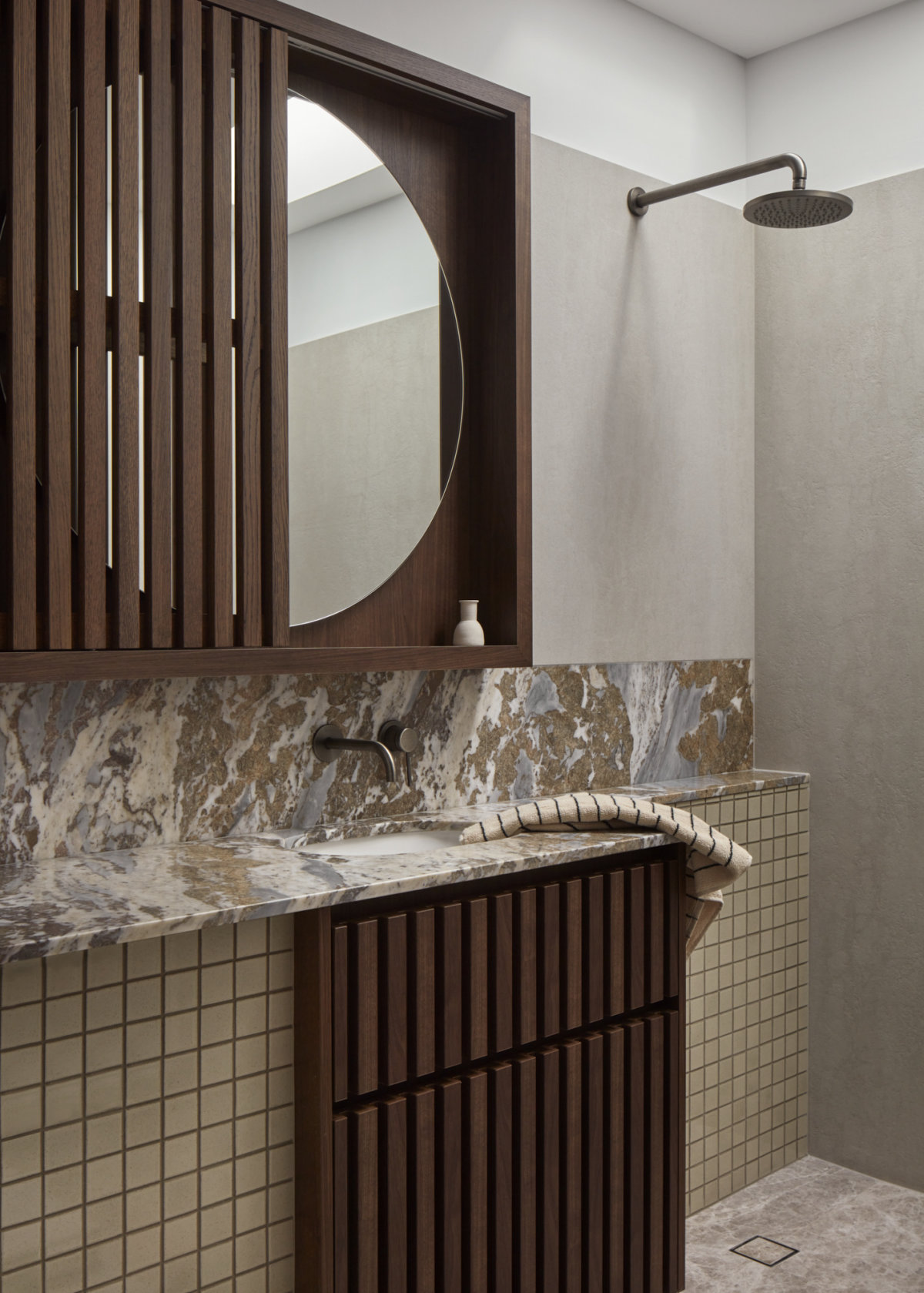
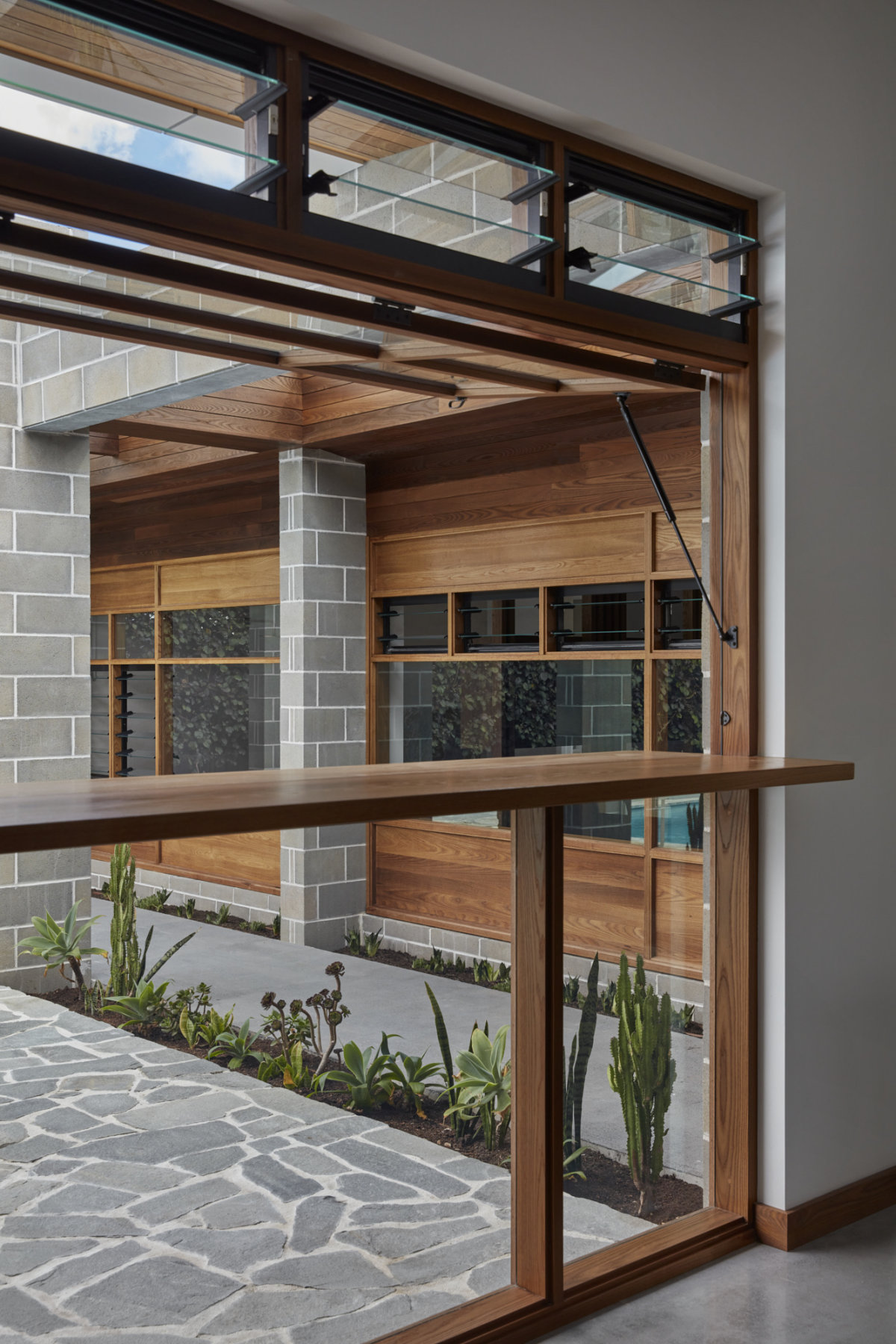
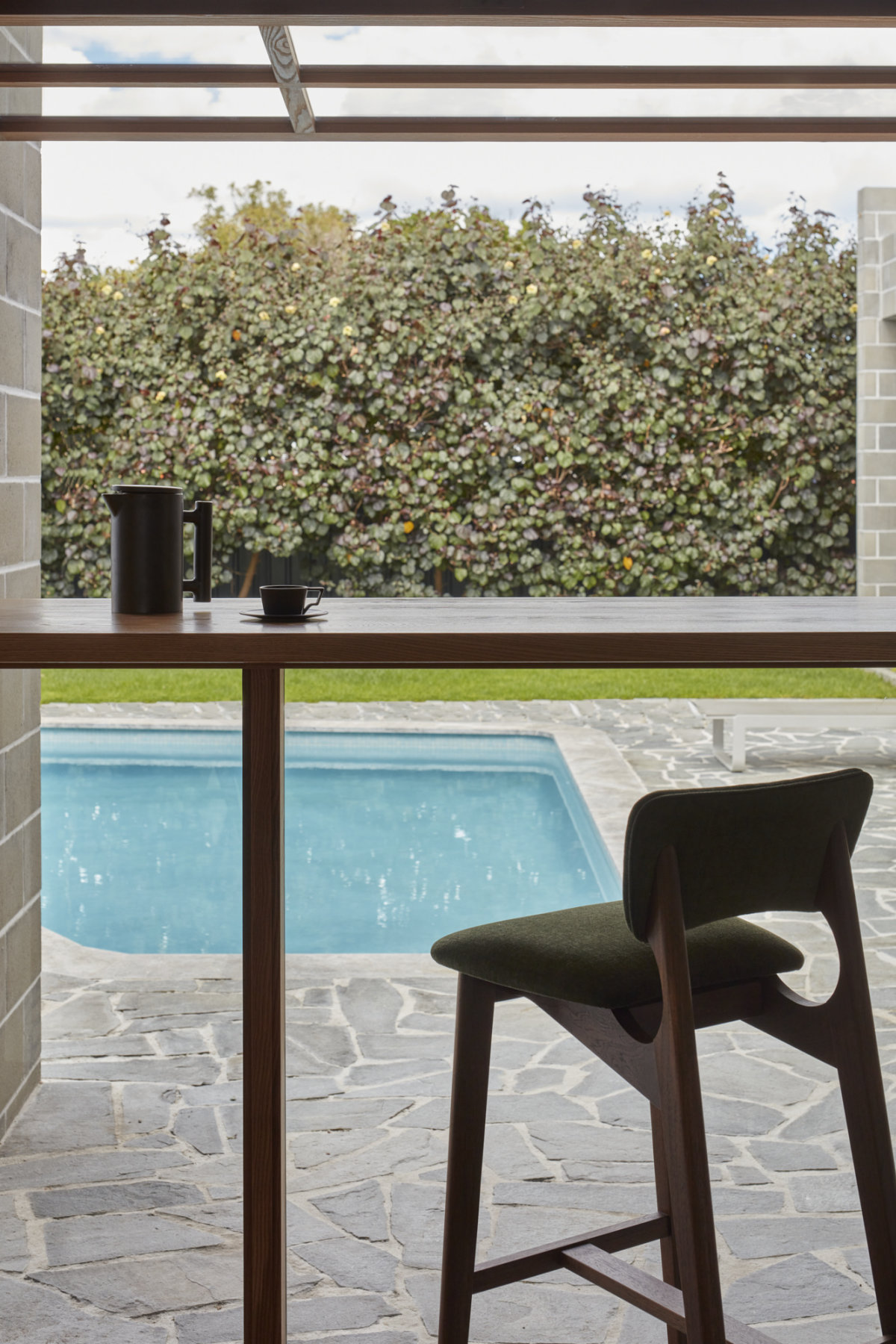
The interiors were inspired by Iwanoff’s approach to space, signature use of levels and architectural command of Perth’s characteristically stark daylight. This is reflected in the custom timber detailing throughout living and bedroom spaces, as well as our use of mosaic tiles, rare natural stone and, around the pool, playful crazy paving — all hallmark features of Iwanoff’s work. Our design choices incorporated the client’s affinity for particular colour and material pairings, resulting in a truly personal space that has undeniable links to its original creator.
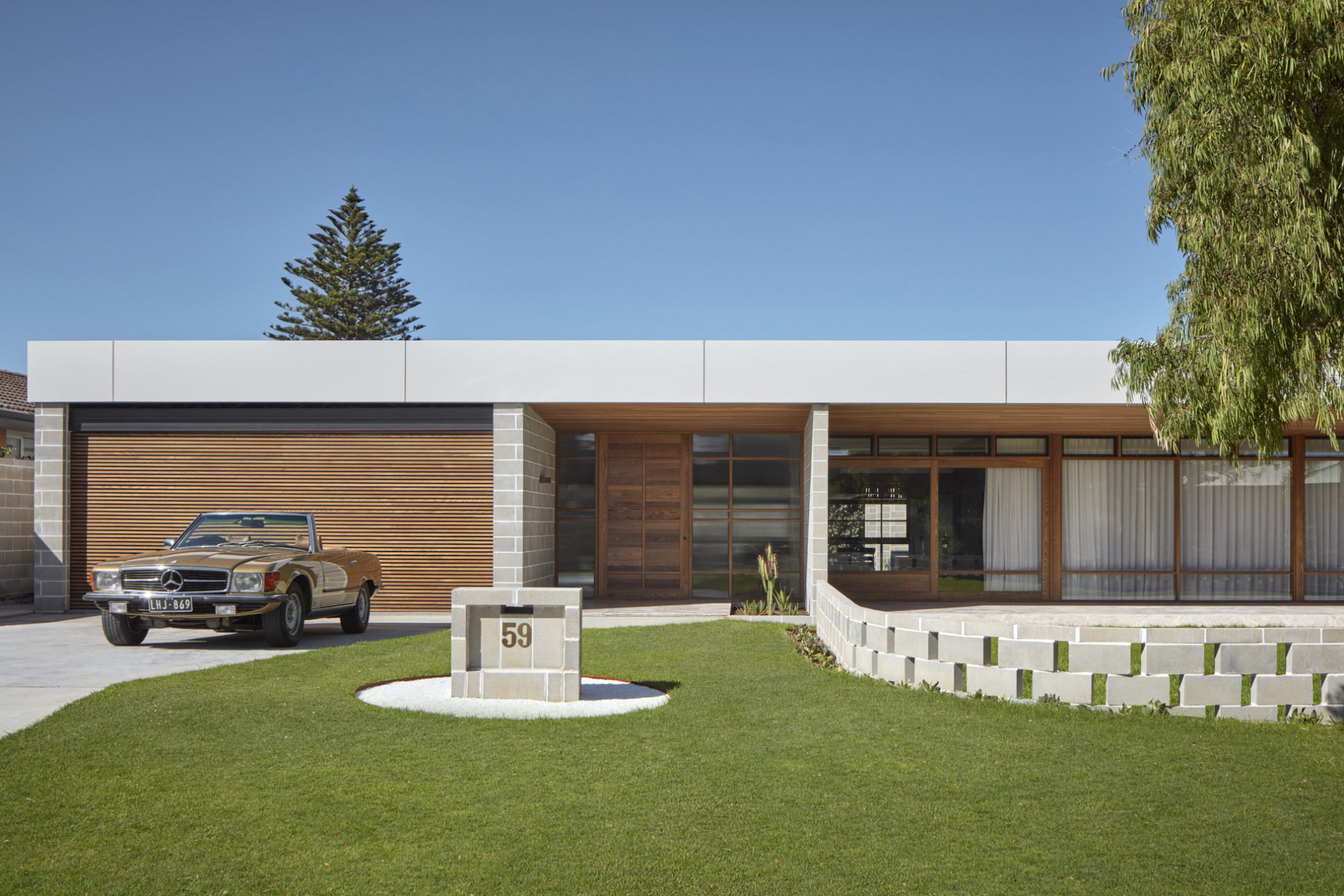
Booth House is a true reinstatement of an important architectural work that remedies the mistakes of renovations-past and provides an adaptive space for current and future lifestyles.
This project demanded a passion for the past as well as a creative insight for the future. (Ara and Ale) led the way, but were always open to our ideas and feedback. We felt part of the process the whole way and looked forward to every meeting. We have an amazing home that we absolutely love, and we loved working with State of Kin! Jenny and Terry Childs, Homeowners